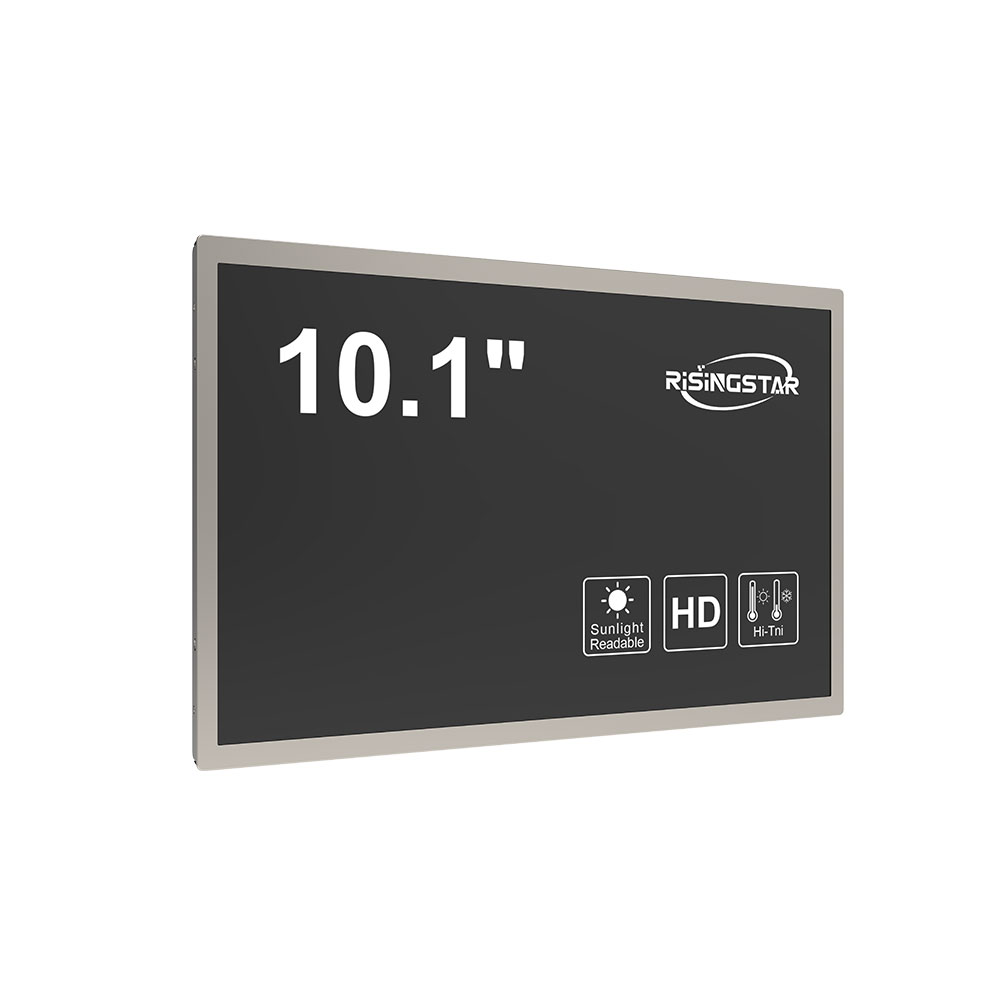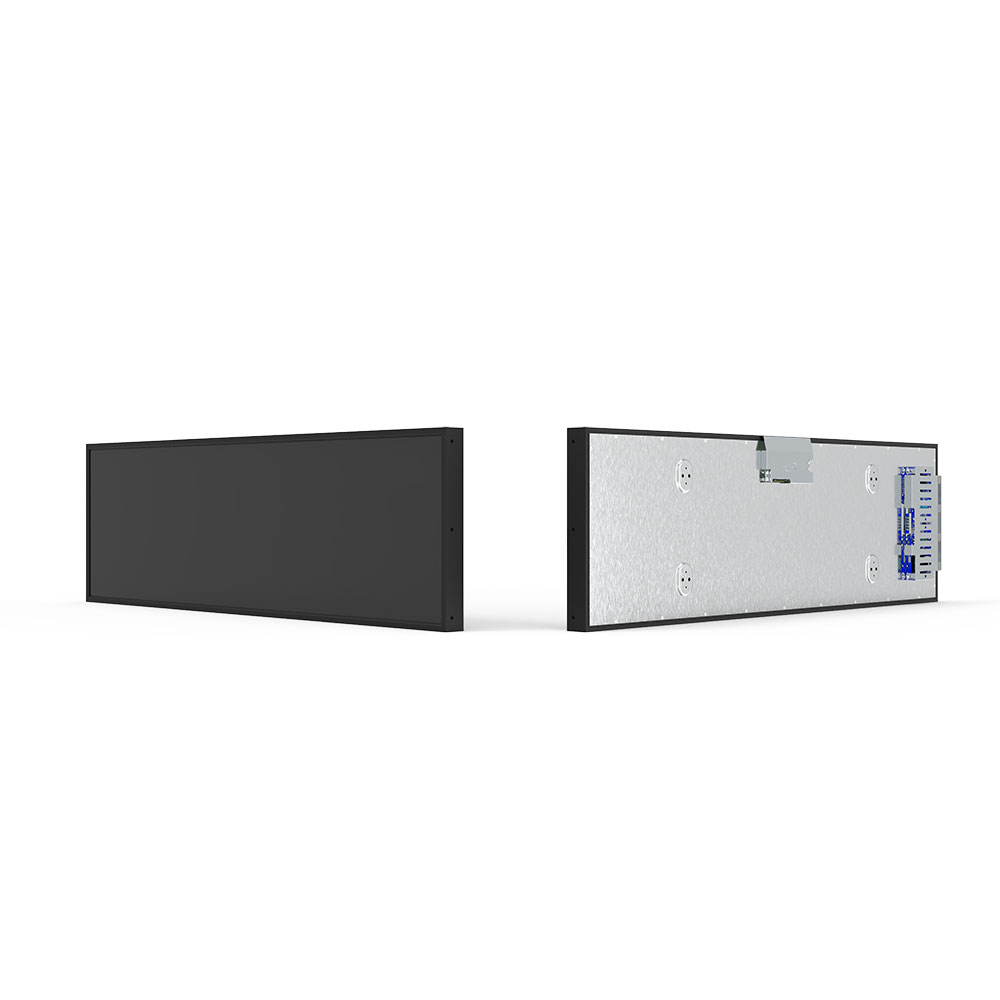- Home
- About Us
- Products
- News
- Video
- Contact
- Send Inquiry
Search
- Home
- About Us
- Products
- News
- Video
- Contact
- Send Inquiry

When selecting an outdoor LCD screen for commercial applications—whether for retail, transportation hubs, public spaces, or event venues—it’s essential to understand that this isn’t just about buying a display. It's a strategic investment in visibility, brand engagement, and long-term ROI. As of 2025, advancements in LED-backlit panels, environmental sealing (IP65/IP68), and adaptive brightness technology have made outdoor displays more durable, energy-efficient, and visually impactful than ever before.
First, consider brightness requirements. For daytime visibility under direct sunlight, screens must deliver at least 5,000 nits of peak brightness. According to the Society of Information Display (SID), most high-performance outdoor screens operate between 5,000–10,000 nits depending on ambient light conditions. Lower-end models often fail above 3,000 nits, resulting in washed-out images during peak daylight hours—a critical failure point in urban advertising. A well-engineered outdoor LCD will feature dynamic brightness adjustment using ambient light sensors, which not only improves readability but also reduces power consumption by up to 30% compared to fixed-brightness systems.
Next, evaluate environmental resilience. The International Electrotechnical Commission (IEC) standard IEC 60529 defines ingress protection ratings. For outdoor use, a minimum IP65 rating is non-negotiable—it ensures dust-tight enclosure and protection against water jets from any direction. However, leading manufacturers like LG, Samsung, and Pimax now offer IP68-rated units suitable for coastal installations or extreme climates where saltwater exposure and heavy rain are common. These models include sealed backplanes, corrosion-resistant aluminum frames, and internal dehumidification systems that prevent condensation buildup—a frequent cause of premature failure in lower-grade units.
Another key factor is display technology type. While traditional LCDs remain popular due to cost-effectiveness, LED-backlit LCDs provide superior color accuracy, contrast ratios, and lifespan. OLED panels, though offering deeper blacks and wider viewing angles, are still limited in outdoor environments due to burn-in risks and higher costs. For commercial applications, we recommend full-color LED modules or high-brightness LCD with local dimming zones. In our case study with a major airport client in Dubai, switching from standard LCD to an LED-backlit solution increased average viewing time by 42% and reduced maintenance calls by 67% over 18 months.

Power efficiency matters too. Modern outdoor screens incorporate energy-saving features such as auto-sleep mode during off-peak hours and intelligent thermal management. The U.S. Department of Energy reports that certified ENERGY STAR® outdoor displays consume 25–40% less electricity than legacy models. This translates directly into operational savings—especially important for businesses managing multiple digital signage locations across cities or countries.
Installation flexibility should also be considered. Some screens come with modular designs that allow for easy panel stacking, while others support wall-mounting, pole-mounting, or even freestanding configurations. For temporary events, portable solutions with battery backup and wireless content delivery are increasingly viable thanks to 5G-enabled edge computing platforms. We recently deployed a 4K ultra-wide outdoor screen at a music festival in Berlin using solar-powered battery packs and real-time content updates via Wi-Fi 6E—proving that mobility and sustainability can coexist in professional-grade deployments.
Lastly, think about content management systems (CMS). A powerful CMS enables remote scheduling, analytics tracking, and cross-screen synchronization. Platforms like Scala, Novo, and Yodeck offer cloud-based interfaces that integrate with existing marketing tools (e.g., CRM, social media APIs). One client in Singapore used their CMS to analyze foot traffic patterns and dynamically adjust ad rotation based on real-time visitor density—an increase in engagement metrics of 38% within three weeks.

In conclusion, choosing the right outdoor LCD screen involves balancing performance specs, durability standards, energy efficiency, installation adaptability, and smart software integration. Ignoring any one of these pillars may result in poor return on investment, increased downtime, or compromised user experience. By leveraging industry benchmarks, real-world case studies, and emerging technologies, businesses can future-proof their digital presence and stay ahead in competitive markets.
